Usiamo i cookie in questa webapp.
Alcuni di loro sono necessari per il corretto funzionamento del sito.
The Gallery, accessed from the entrance hall, was inspired by the Centaur’s Room in Villa Albani, the residence on the Salaria road of Cardinal Alessandro Albani, Rome's leading antiquarian.
On the ceiling, which reproduced the vault of heaven with the signs of the zodiac, there was a large fresco celebrating the House of Bourbon, protector of the arts and justice.
From 1788 onwards, the style of the “Casino” (Palace) was influenced by the desire to glorify the royal family and by the sense of nostalgia for the past, which grew in Ferdinand IV after the death of his father Charles.
In the hall, green silk portières and aubergine curtains were alternated with historiated tapestries by the Roman Duranti factory: they depicted the “Stories of Henry IV”, initiator of the Bourbon dynasty in France and supporter of a policy of peace and harmony.
In 1757, Duranti had been called to Naples by Luigi Vanvitelli to expand the series of tapestries of the “Stories of Don Quixote” woven by the well-known French Gobelins manufactory; later, he was also commissioned to execute the series of tapestries with “Allegories of Conjugal Virtues” for the wedding of Ferdinand IV and Maria Carolina of Habsburg.
The tapestries in the Gallery of Carditello, besides being an example of Duranti's latest production, have a functional, decorative, and celebratory value for the Bourbon and their policy of supporting manufactures.
Two mahogany-coloured sofas, attributed to Georges Jacob, completed the furniture. They had elegant horn-shaped armrests and were covered with tapestries depicting deer heads and vine shoots, in line with the hunting theme. The two sofas and other pieces of furniture were purchased in 1791 from two Parisian merchants who were in great demand at the European courts of the time, Dominique Daguerre and Martin Eloy Lignereux, referred to as “jeweler-merchants”.
On either side of the gallery were two rectangular consoles, made by the Fiore brothers, similar to those in the Entrance Hall, characterised by antique green marble tops and a white medallion with birds closing the front part.
Finally, the floor was characterised by a carpet made of canvas mixed with marble stones by Paolo della Rocca, depicting the plan of the Royal Palace of Carditello. A similar floor covering is well preserved at Villa Porfidia in the municipality of Recale (Caserta). In Carditello, the floor helped to highlight the precious fireplaces by Carlo Albacini – an internationally renowned Roman restorer – purchased in Rome and installed in 1791, in the wake of the fashion launched in England by Robert Adam and Giovan Battista Piranesi.
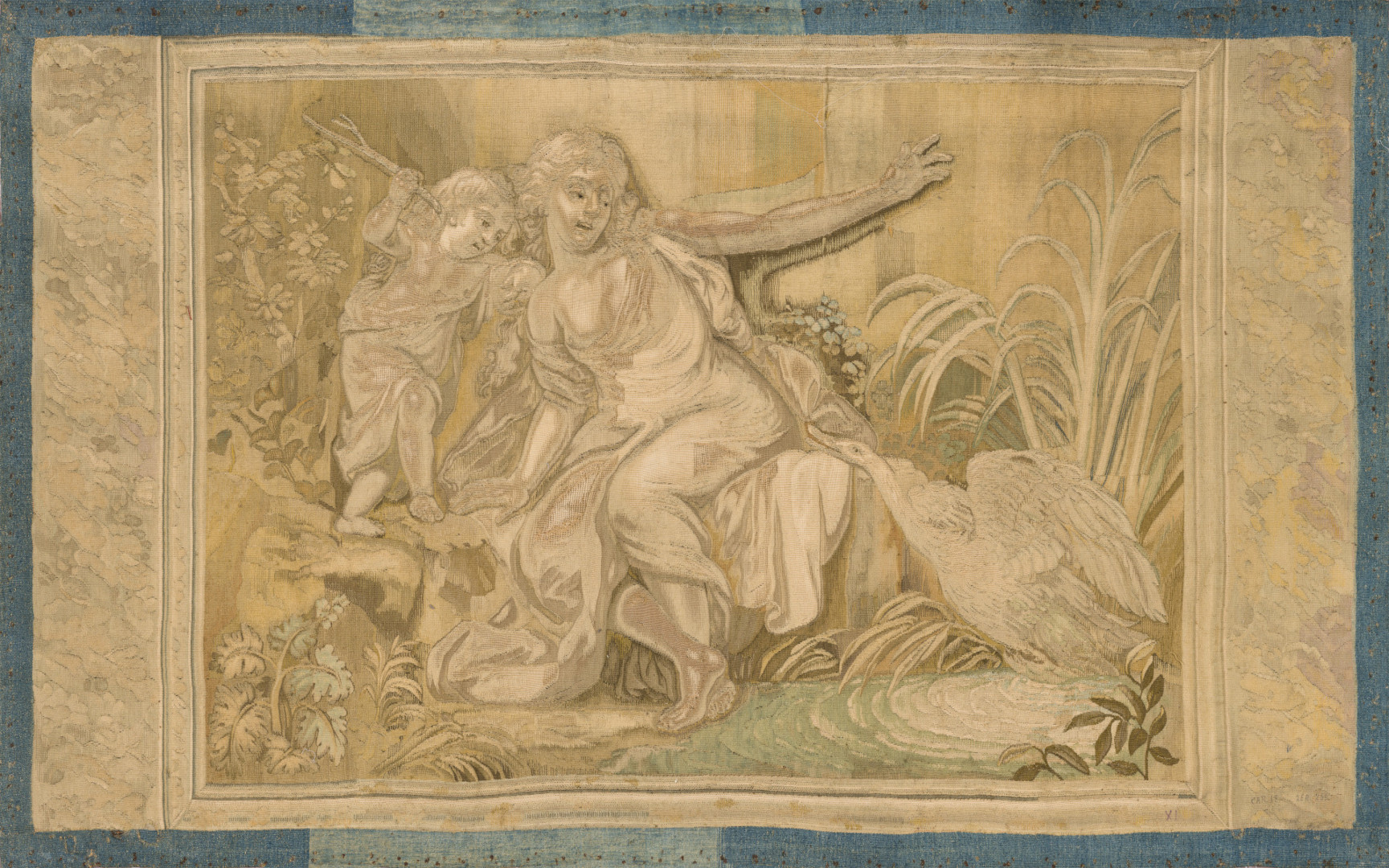 Sovrapporta
Sovrapporta
The overdoor Naiad with maiden sitting by a sycamore is woven in wool
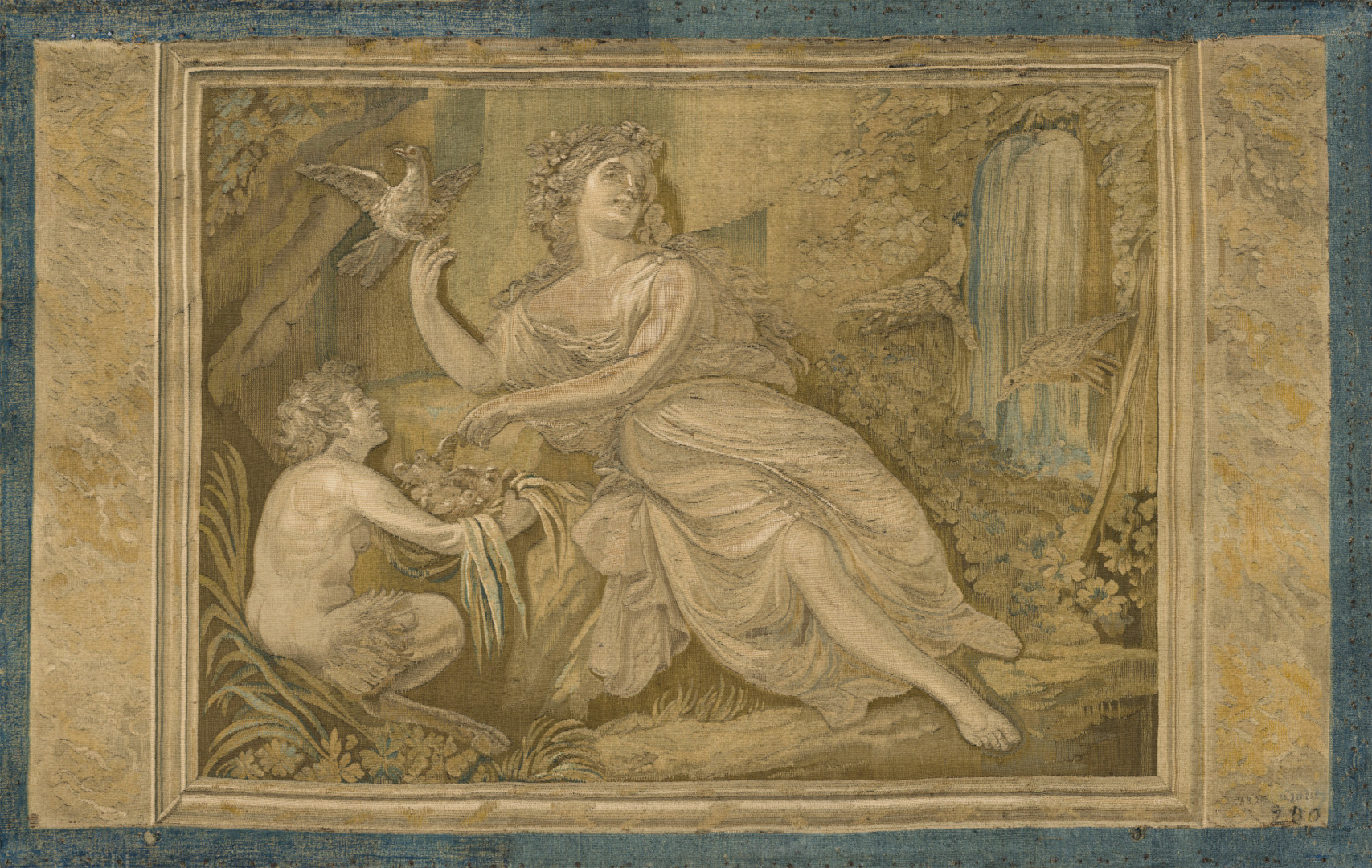 Sovrapporta
Sovrapporta
In the overdoor Naiad with a satyr showing a bird's nest – woven in wo
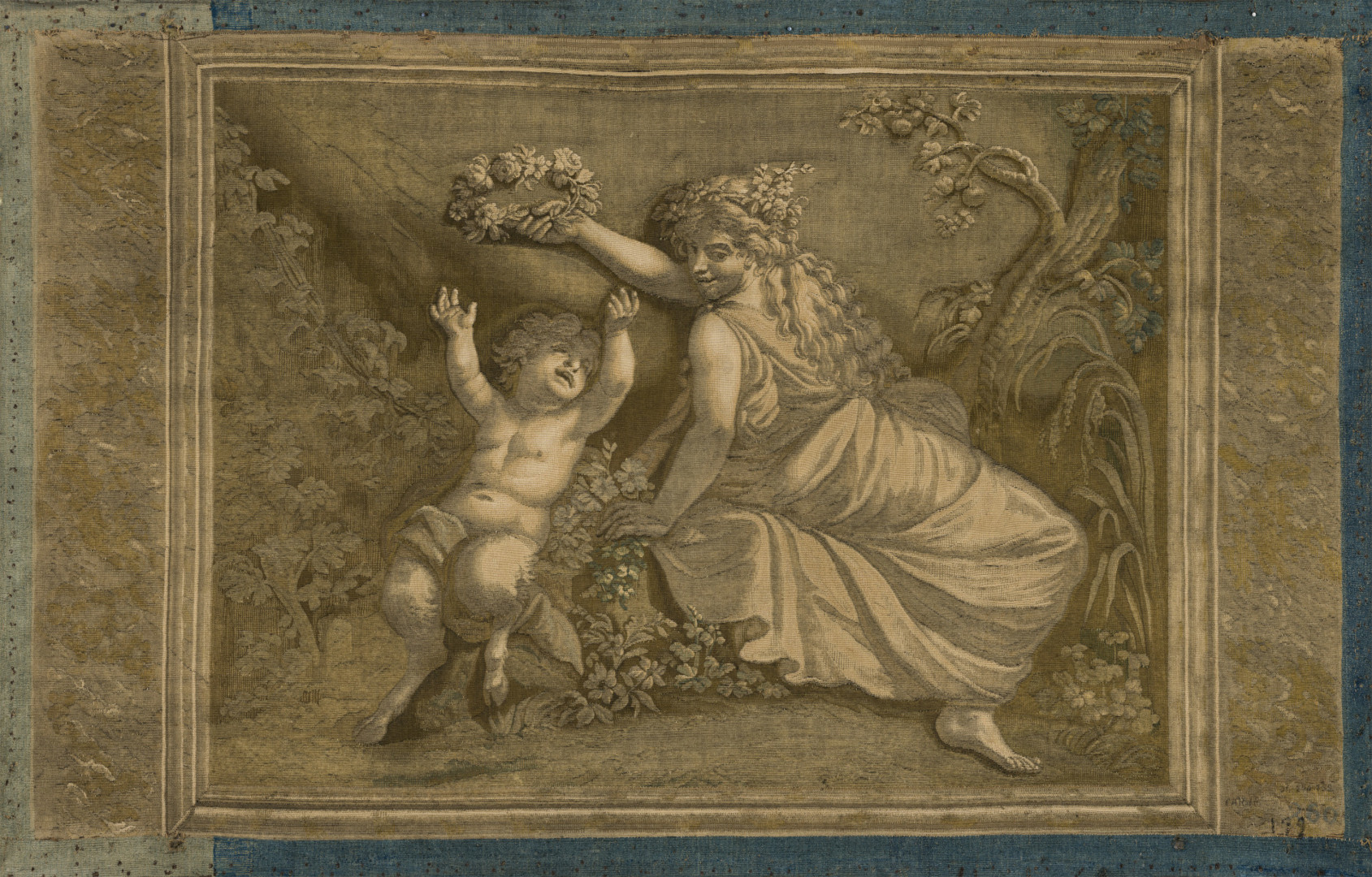 Sovrapporta
Sovrapporta
Woven in wool and silk based on the models of Fedele Fischetti (Naples
 Sovrapporta
Sovrapporta
The overdoor Satyr playing the sistrum – woven in wool and silk based
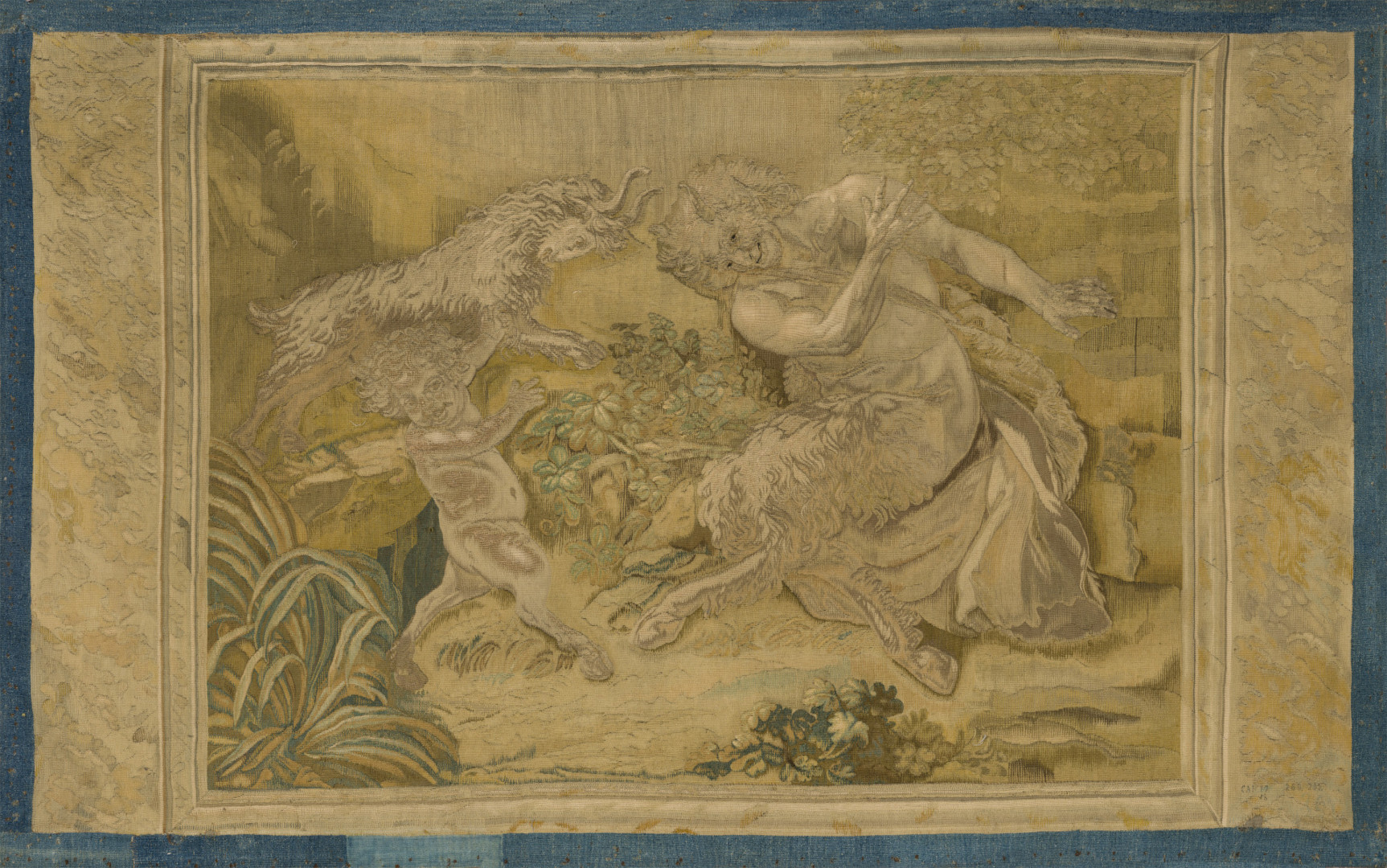 Sovrapporta
Sovrapporta
The overdoor Two satyrs, one of whom is laughing, woven in wool and silk ba
 Sovrapporta
Sovrapporta
The overdoor Satyr stopping a deer by the antlers presents a scene fra
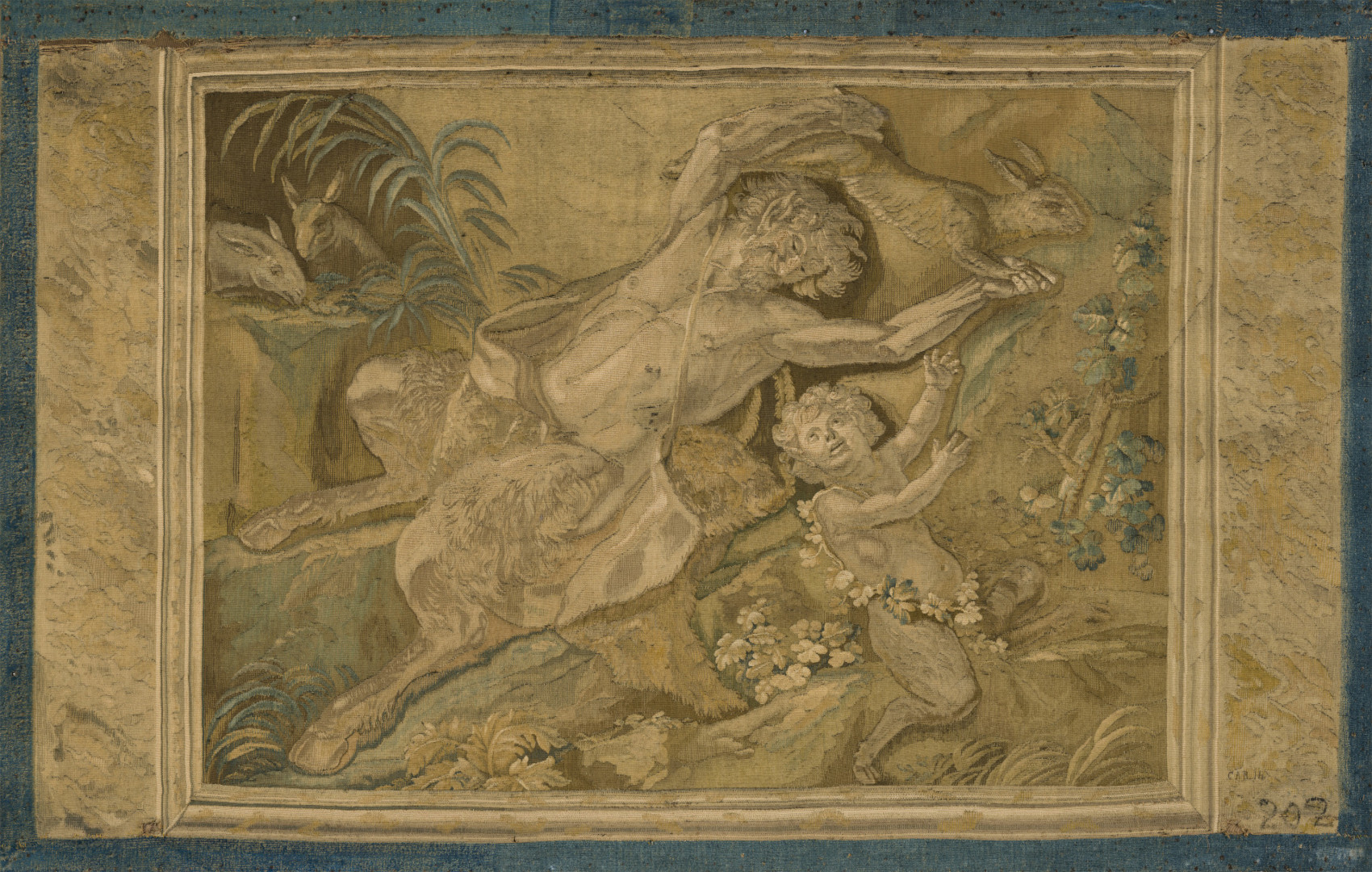 Sovrapporta
Sovrapporta
The overdoor Two satyrs catching a hare is woven in wool and silk mode
 tapestries
tapestries
The tapestry entitled King Henry IV receives the Prime Minister Sully
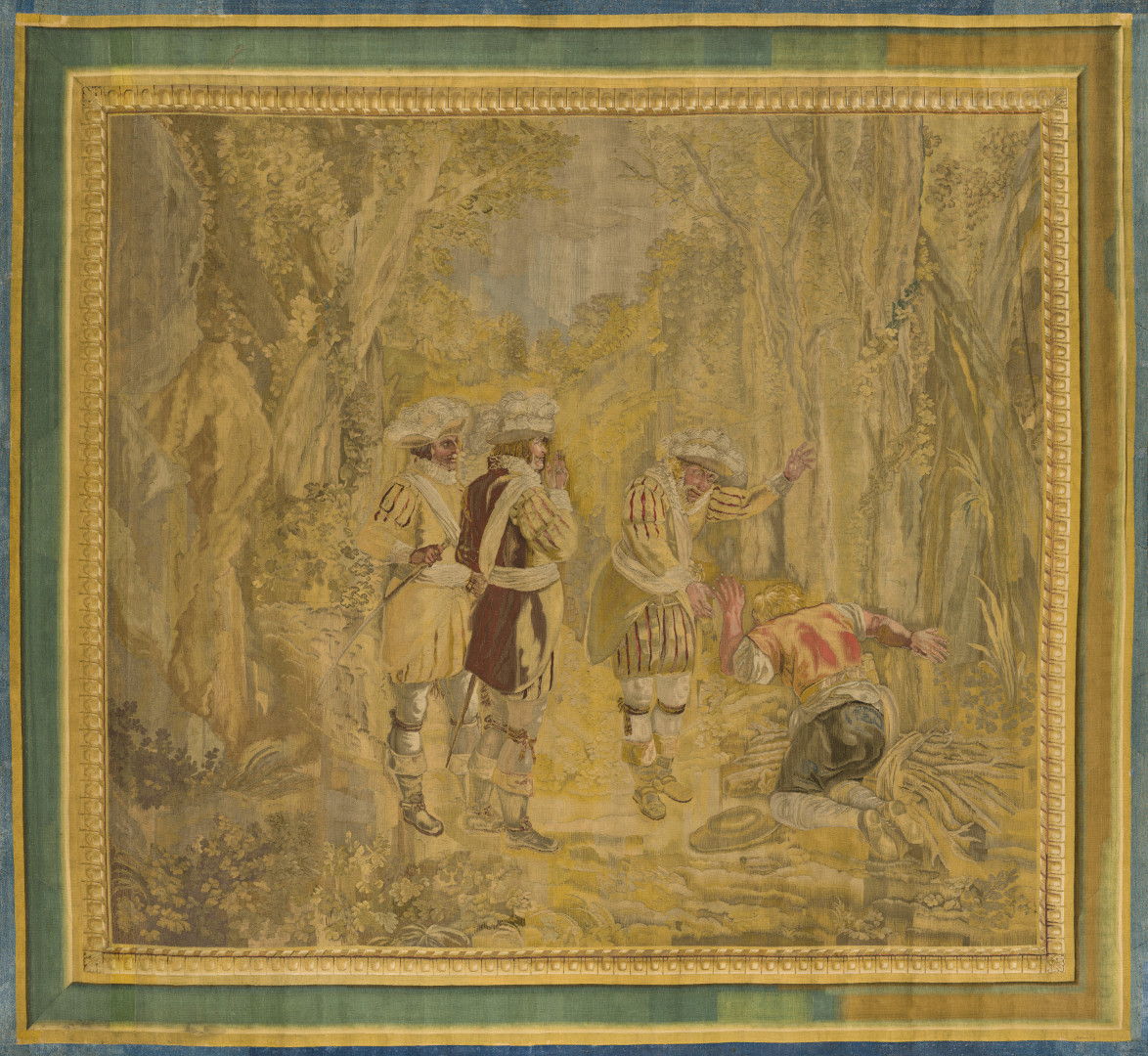 tapestries
tapestries
The scene portrayed in Three knights search in the woods for the king
 tapestries
tapestries
The scene portrayed in King Henry IV meets a gamekeeper in the woods t
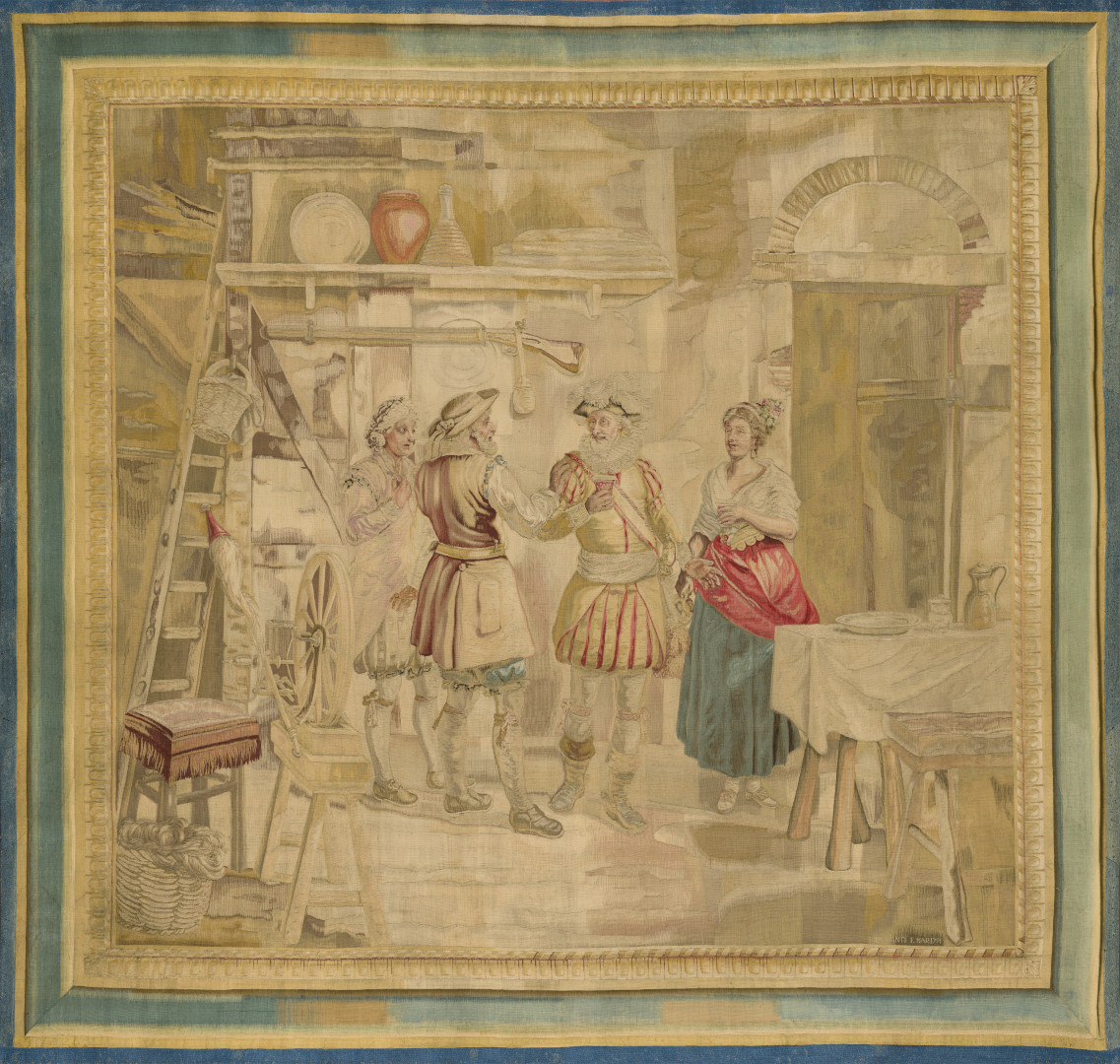 tapestries
tapestries
The scene depicted in King Henry IV brought to the gamekeeper's house
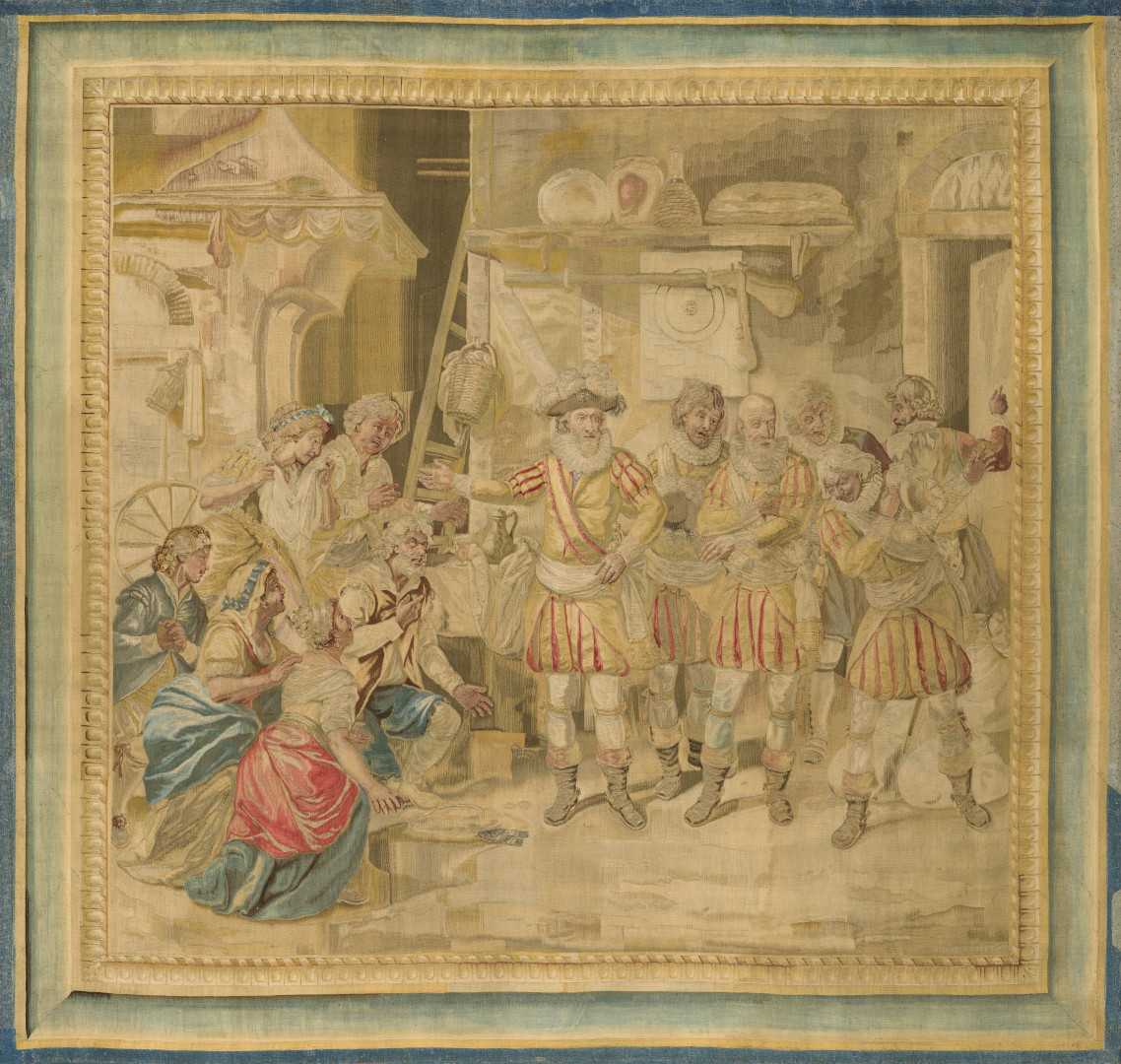 tapestries
tapestries
The tapestry King Henry IV recognised by his knights at the gamekeeper's ho
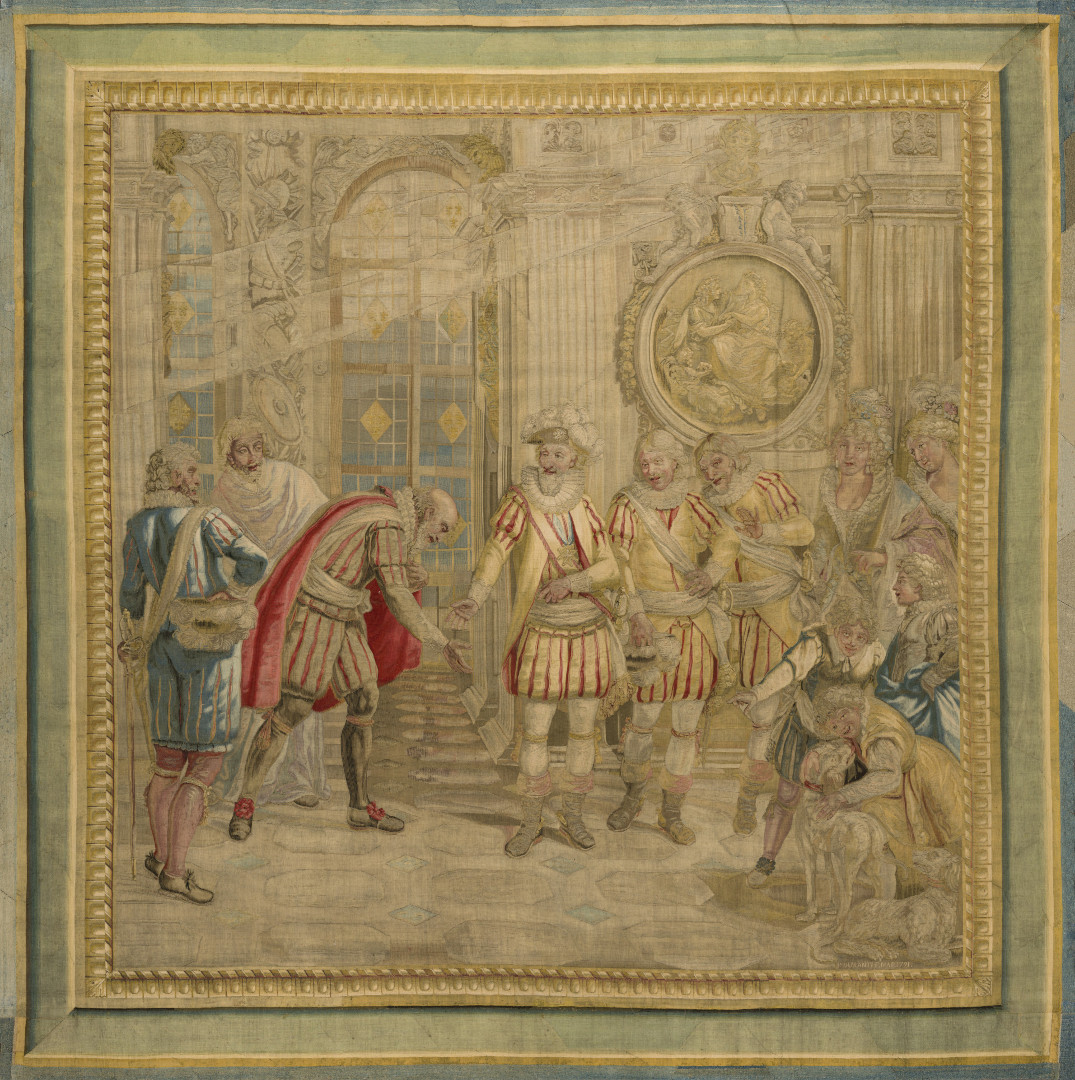 tapestries
tapestries
The tapestry King Henry IV receives the Prime Minister Sully after returnin